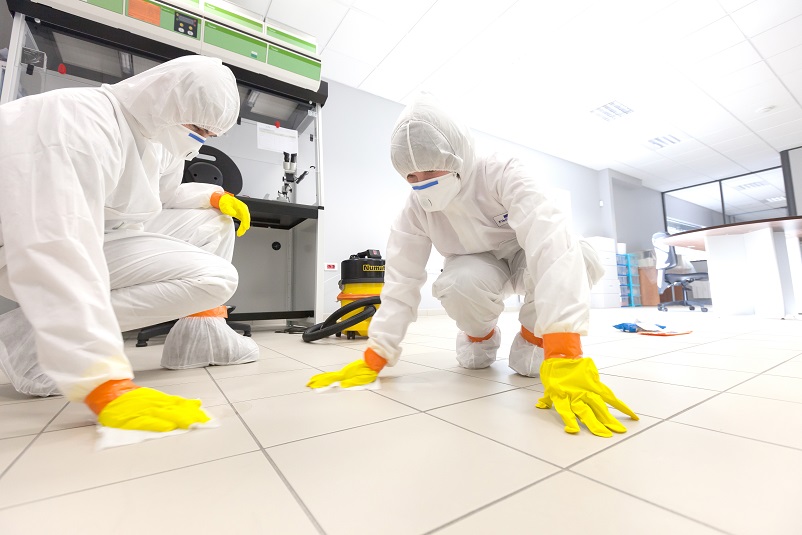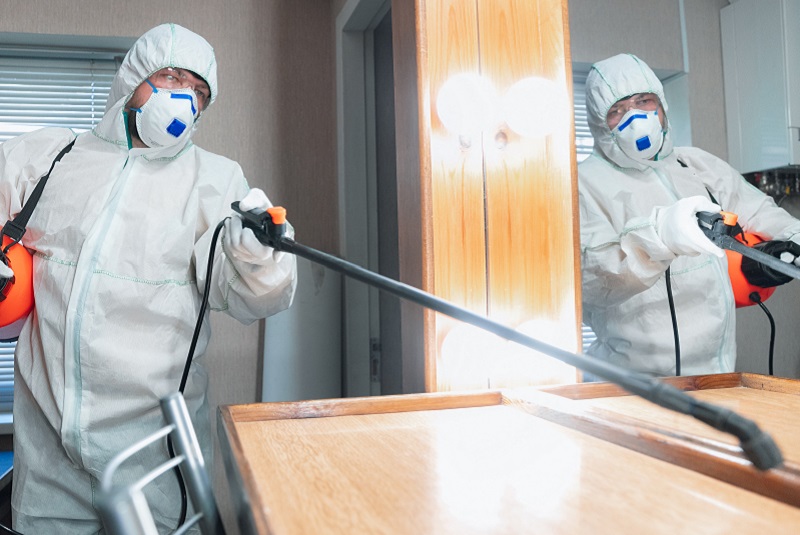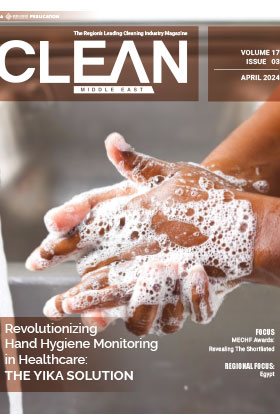
From hospitals to shopping malls, streets to amusement parks, every facility has had to revisit their cleaning and hygiene policies. When every facility known to mankind is approaching hygiene with a more stringent approach than ever before, why should office buildings lag behind?
Our workplace hygiene policies are extremely important for our wellbeing and the health of those around us. A research conducted at the American Society of Microbiology reveals that a single contaminated doorknob or table top has the potential to spread a virus throughout an office building. What’s more, it takes only two to four hours for it to spread to 40% to 60% of workers, visitors and commonly touched objects.
Ensuring that we achieve the highest standards of cleaning and disinfection requires understanding the science behind surface wiping and cleaning, says Kimberly-Clark Professional. “Objects that are touched by lots of people throughout the day such as door handles and elevator buttons should be cleaned and disinfected frequently in order to break the chain of germ transmission,” says Ahmad Abublan, General Manager (Middle East and North Africa), Kimberly-Clark Professional.
Hand Hygiene
Good hand hygiene lies at the core of all preventive measures we can possibly take to stop the spread of viruses and bacteria. A recent study shows that approximately 50% of workers admitted to having left the washroom without washing their hands due to poor washroom facilities. This can have a direct impact on hygiene behaviour.
Here’s what you can do:
- Promote frequent hand washing by conducting awareness campaigns and notices in common areas and points-of-need.
- Ensure that taps and soap soap dispensers are regularly cleaned to help reduce surface cross-contamination.
- Surface decontamination is the key. Kimberly Clark Professional suggests that cleaning of visibly dirty surfaces followed by disinfection is a best practice (even recommended by the CDC) for prevention of respiratory illnesses in community settings.
- Consider the installation of touch-free hand wash facilities to minimise contact.
- Focus on good hand drying practices. Damp hands can spread 1000 times more bacteria than dry hands.
- Install hand sanitizer dispensers in common areas.
Cubicle hygiene
Did you know that within 60 seconds of a toilet being flushed (without cover), the washroom can be covered with bacteria, urine and fecal matter? A proper hygiene policy goes a long way in reducing germ and bacteria build up within the washroom.
Here are a few tips for effective washroom hygiene:
- Toilet seats should be sanitised regularly, preferably by users, to reduce the risk of cross-contamination
- Toilet flush handles should be cleaned several times a day
- All female washrooms should be well provisioned with feminine hygiene facilities
Common areas
Do you often find people having lunch at their workstations in your office? You’re not alone. Research reveals that approximately 49% of office workers eat at their desks. This is not it. The potential for cross-contamination in common areas remains high as germs from the washroom are spread by contaminated hands and transferred to desks, office equipment and food.
Recommendations for common area hygiene:
- Encourage colleagues to wipe down their keyboards, mouse, phone and surfaces before getting to work. Place special emphasis on the cleaning and disinfection of shared desks.
- Install hand sanitisers in high footfall areas and encourage their usage.
- Choose the right products to achieve effective surface disinfection. A study compiled by Kimberly Clark Professional says that poorly disinfected surfaces may serve as fomites, increasing the risk of germ transfer to people. This study observed that some reusable cotton towels reduced the performance by up to 85% of 3 common surface quaternary ammonium (QAC) disinfectants. Conversely, synthetic microfiber towels did not alter the disinfectant performance. The conclusion of the study suggests that the use of cotton towels with QAC-based disinfectants should be reconsidered.



.jpg)
.jpg)
 Search
Search



